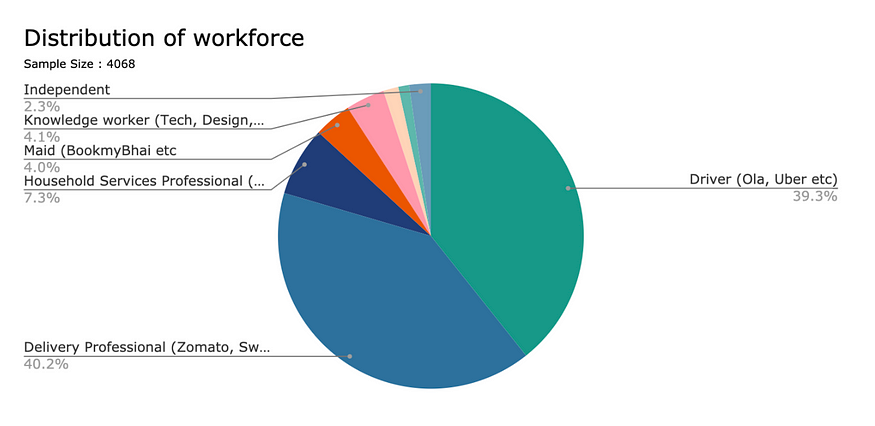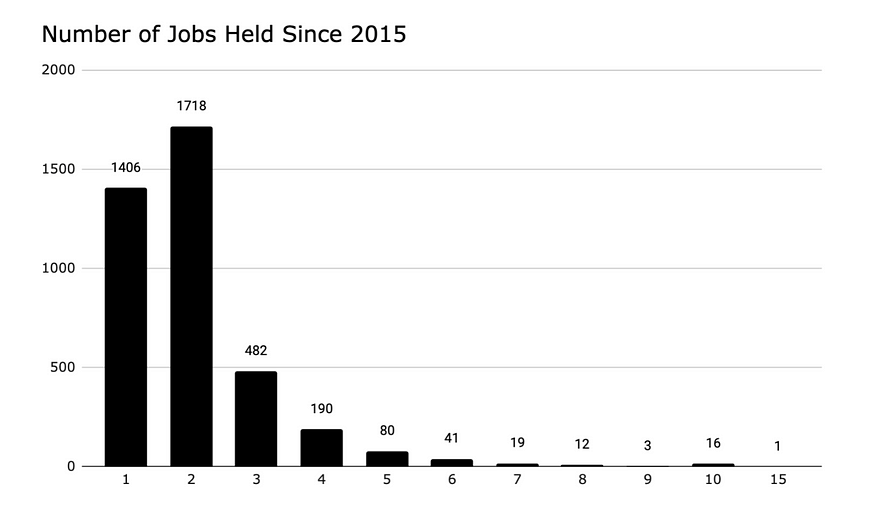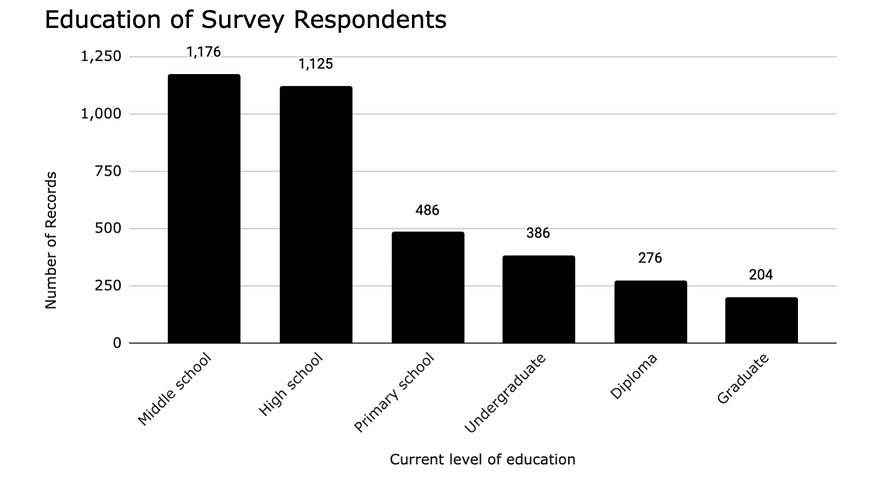Early Insights from A Survey of 4000 Individuals

Photo by Tricky_Shark
A year back, we received our admission to the BIRF (Bharat Inclusion Research Fellowship). At that time, though there were rumours of the country going into lock-down, its suddenness and totality were unanticipated. So also did we not reckon with loss of jobs and technology zooming (forgive the pun) and making up for lack of logistics. We did, however, have misgivings about logistical challenges we may face during the survey. In hindsight, the Covid-year — as 2020 may well come to be known as — was a good year to study the shifting nature of jobs, what it means for our economy, and what could be done to improve things.
It is heartening that, despite the challenges, we have completed over 4,000 interviews as the initial step for our survey. Next comes slapping the data into shape, and sharing it with other researchers as open-source data. We have covered five major states of India and should provide a good snapshot of the evolution of India labour. Here is a teaser trailer of the initial learnings from the survey and some trends apparent to us in the current macro-economic environment.
1. Major platforms moving the Labour Force into the digital era

We engaged with gig economy workers (‘a person who performs work or participates in a work arrangement and earns from such activities outside of traditional employer-employee relationship(1)) ranging from construction workers to knowledge workers who have niche skill-sets. We observed a great percentage of employment in the formalised gig economy was being pushed forward by digital platforms like Ola and Zomato. It is possible that we are prey to a sampling bias here, but Indian middle class’s rising rate of consumption is creating new job opportunities that did not exist or were of negligible size earlier.
2. Gig Economy does not warrant Labour Mobility

There is a mind-set to equate the gig economy with labour mobility. The idea that a person can switch jobs at will and move to another employer, perhaps at higher pay, is touted by the proponents of the gig economy.
However, we noticed that an increasing number of digital platforms’ employees see it as a long-term employment avenue, and many of them worked only in a single job over the past five years. While some (1718 / 4000) did switch jobs once they continued in it thereafter. This makes us believe that when it comes to digital platforms, classification of contract workers, gig workers and full-time employees cannot be watertight. While International regulators have been pushing to categorise those driving cars and delivering food as full-time employees, the conversation has largely been absent in India. We intend to dig deeper into this over the course of our study.
3. Education Reform A Necessity

When we assessed the education of our survey respondents, we noticed that a vast majority of respondents had not worked towards earning a university degree. We observed that individuals with graduate level education consider gig platforms like Ola and Zomato for permanent employment. On one side, we notice that there is an opportunity in re-skilling individuals who could not pursue educational opportunities when they were younger due to personal circumstances. On the other side, there is also a lack of opportunity for those who have acquired collegiate levels of education. One of the angles we look to explore in the coming month is whether a younger demographic with more access to education are the ones considering gig platforms as a source of sustained employment. Nonetheless, we see a gap in re-skilling individuals and preparing them for social mobility.
These are the preliminary assessments we have on the basis of observations we made from the data-set. Our work now is to find correlations and patterns across the responses to the 120 plus questions we have used in the survey. We are looking for experts to share the data-set with and conduct further interviews. Primarily, we are looking for founders, individuals with regulatory experience and professors who have explored these questions.
This research was developed as part of the Bharat Inclusion Research Fellowship.
